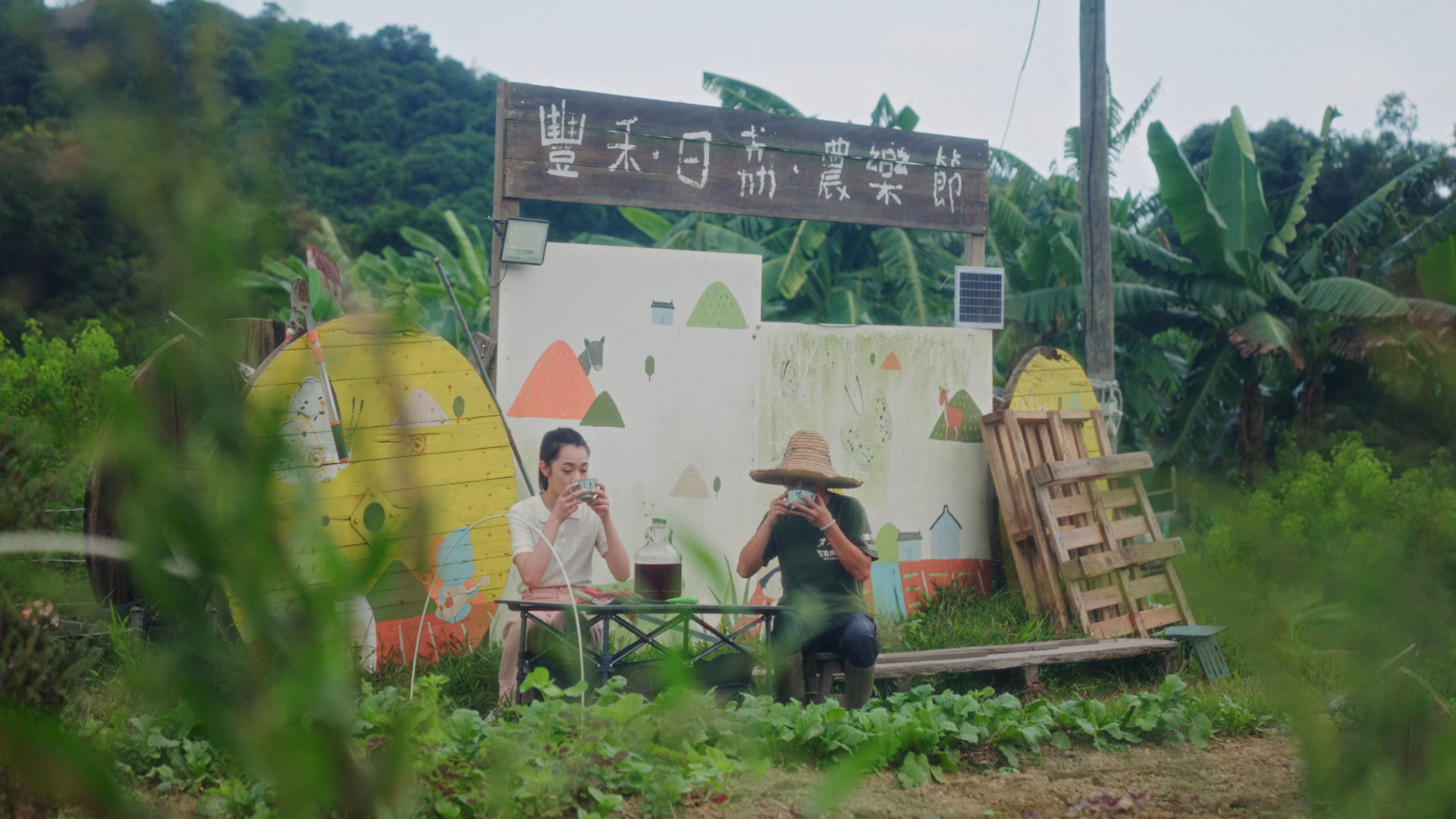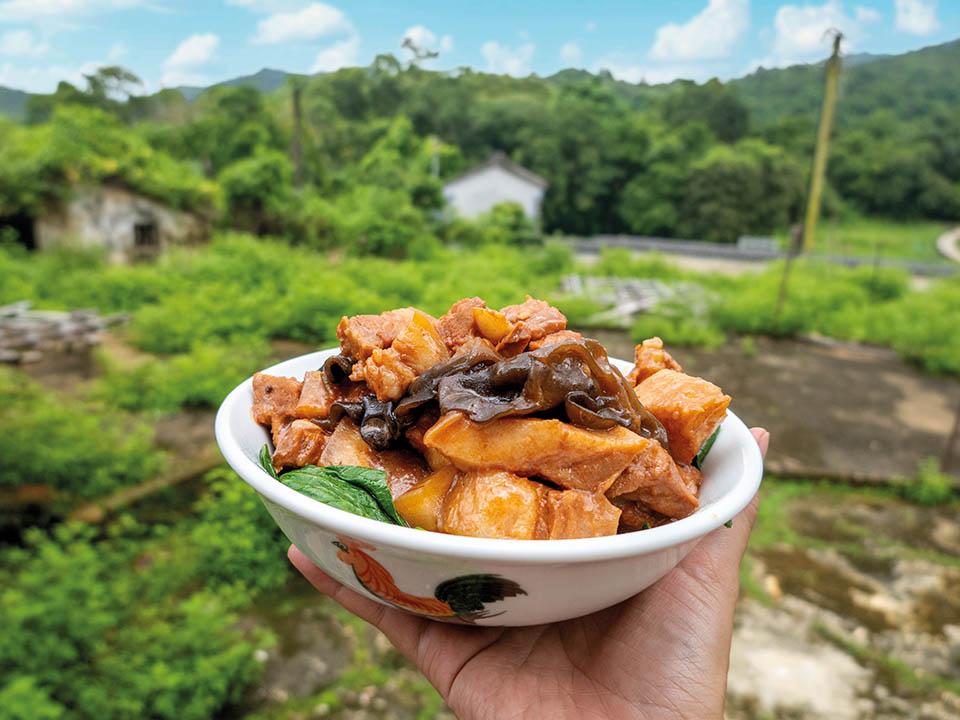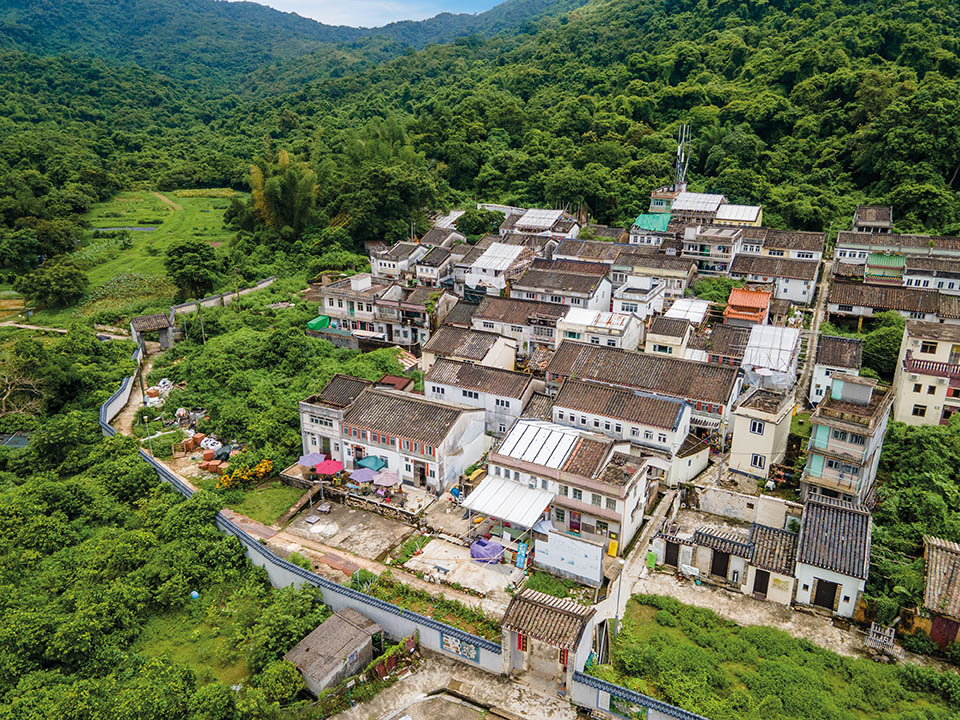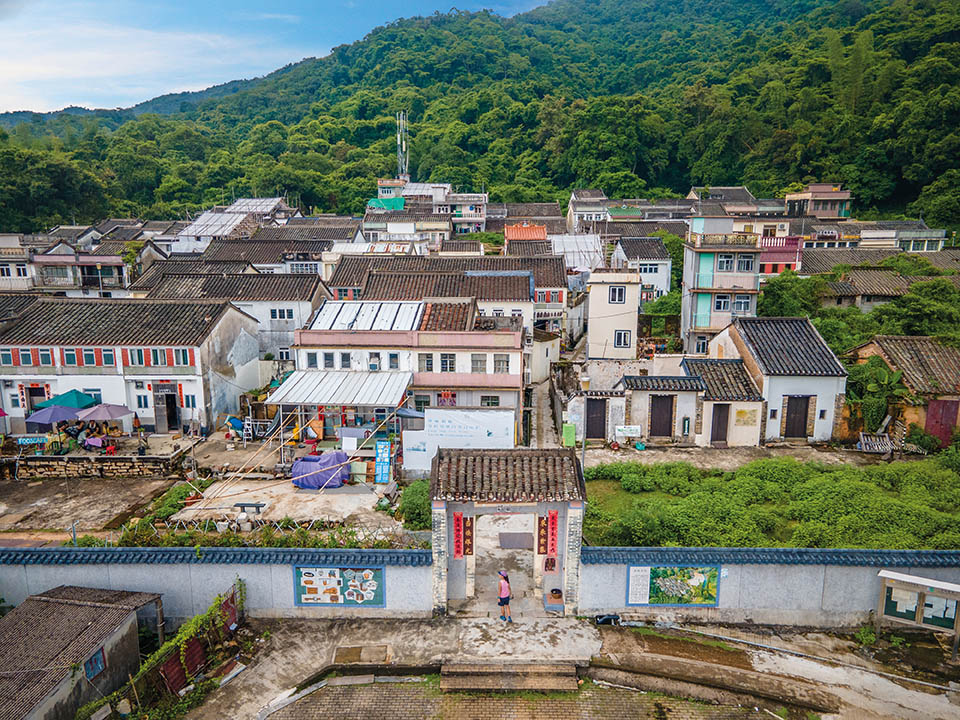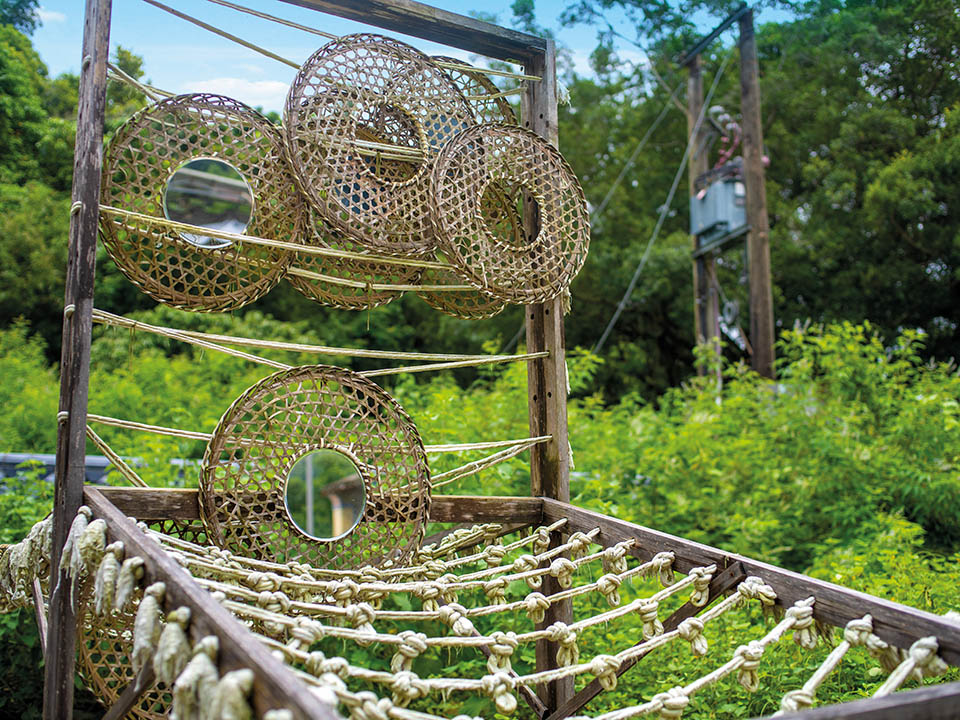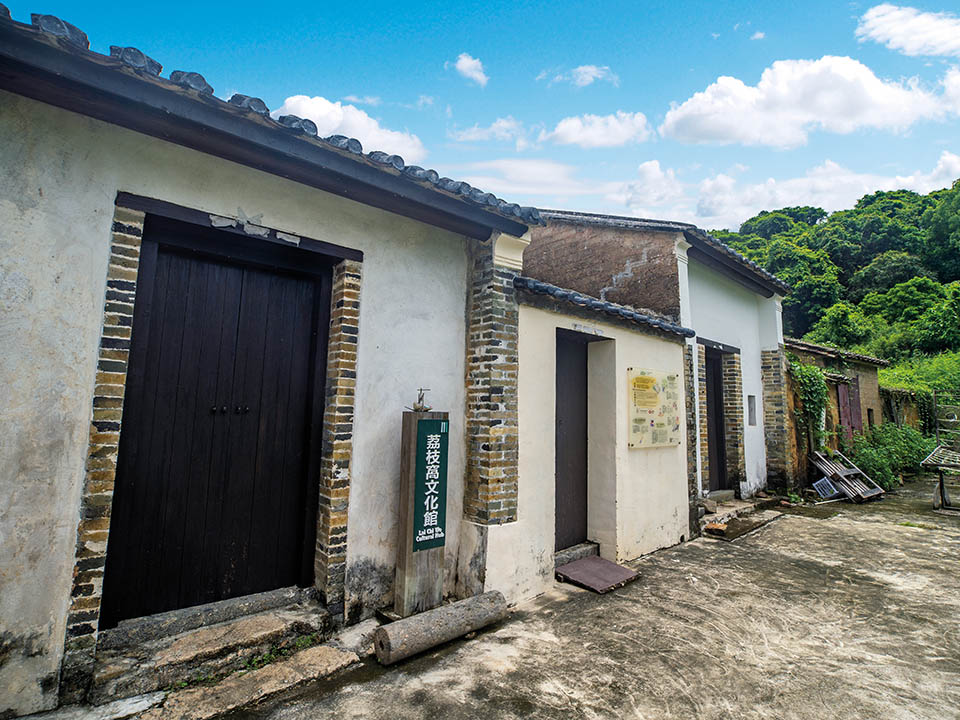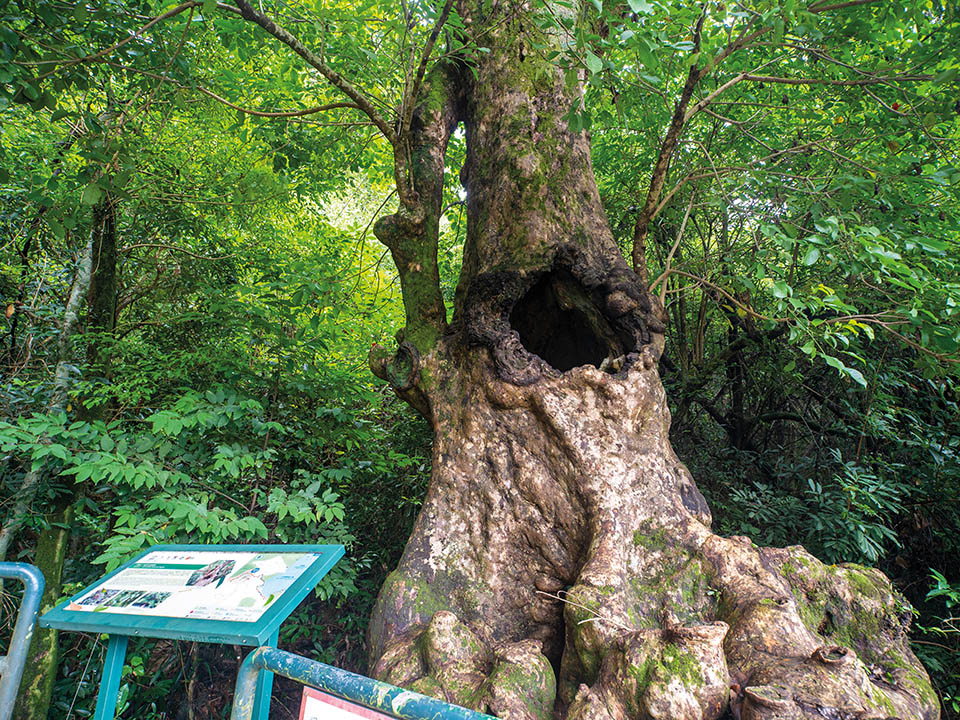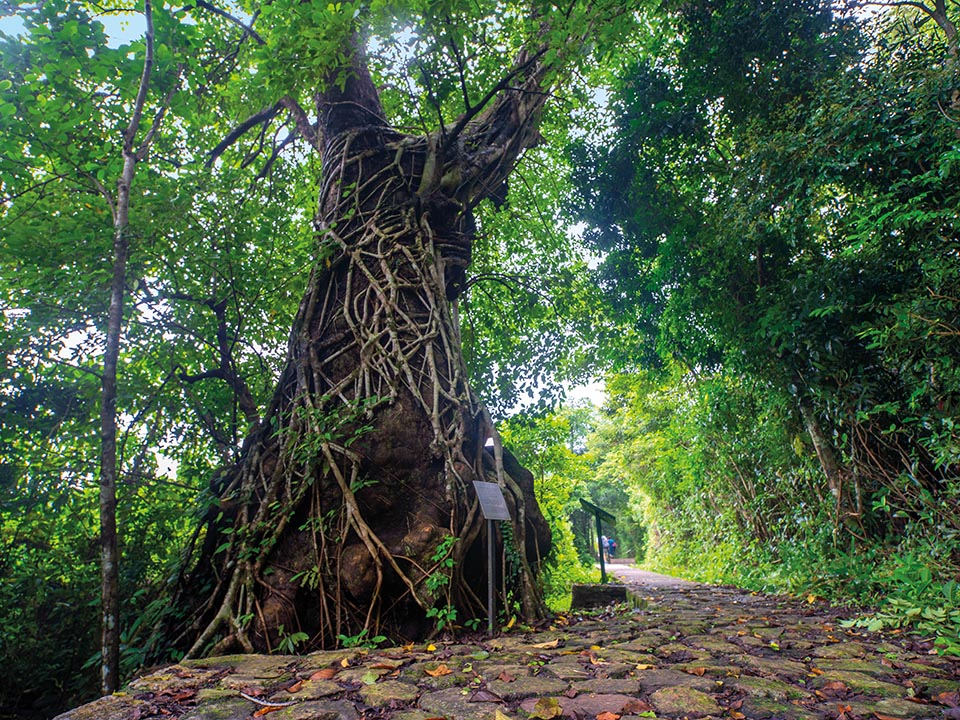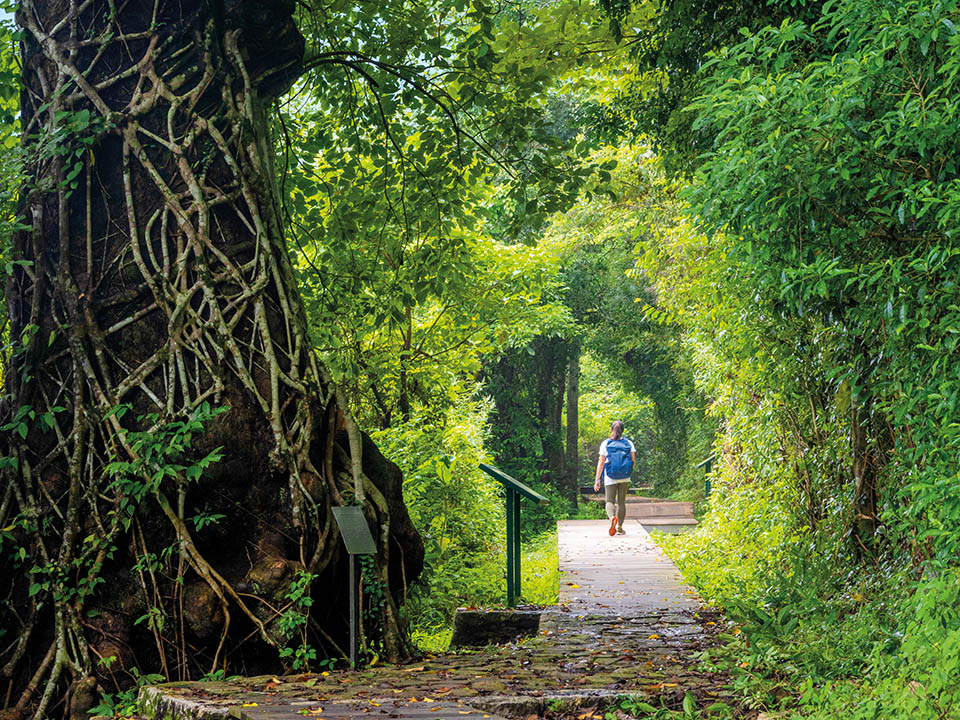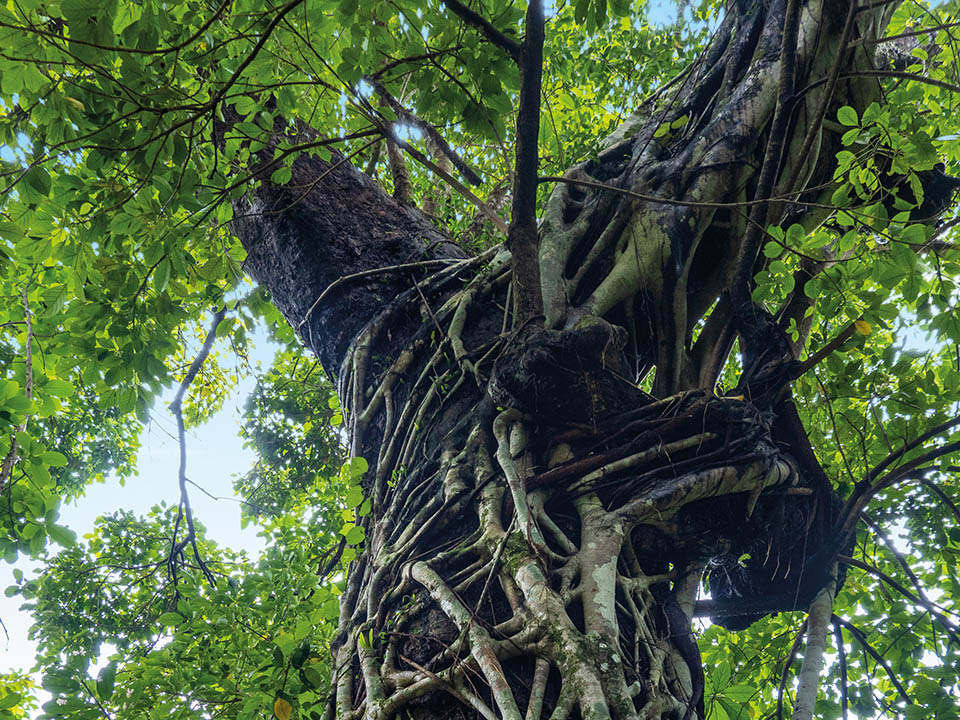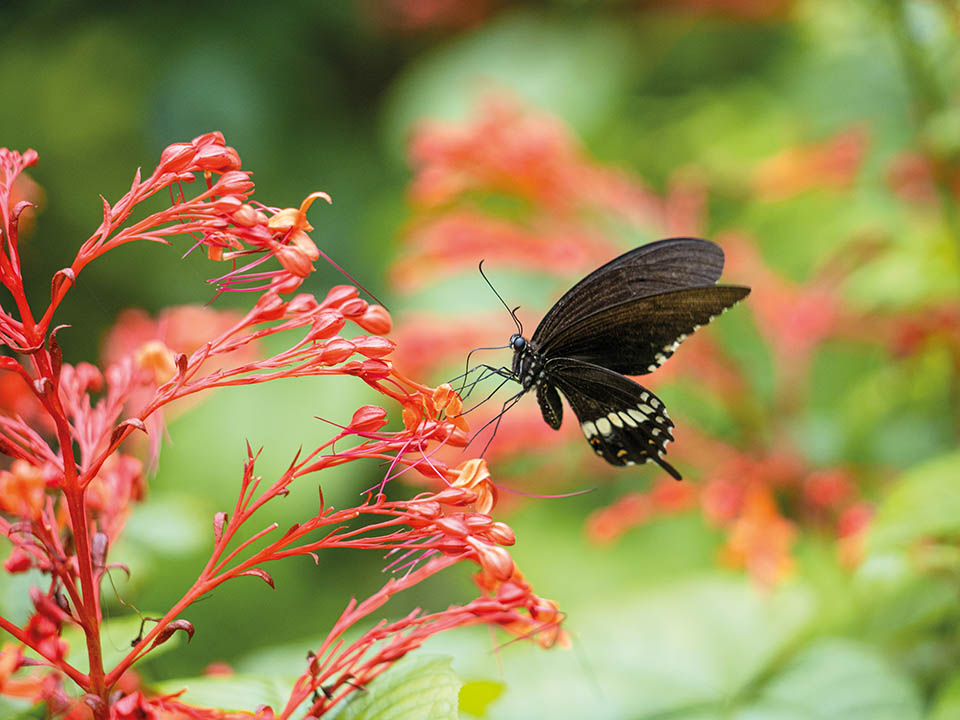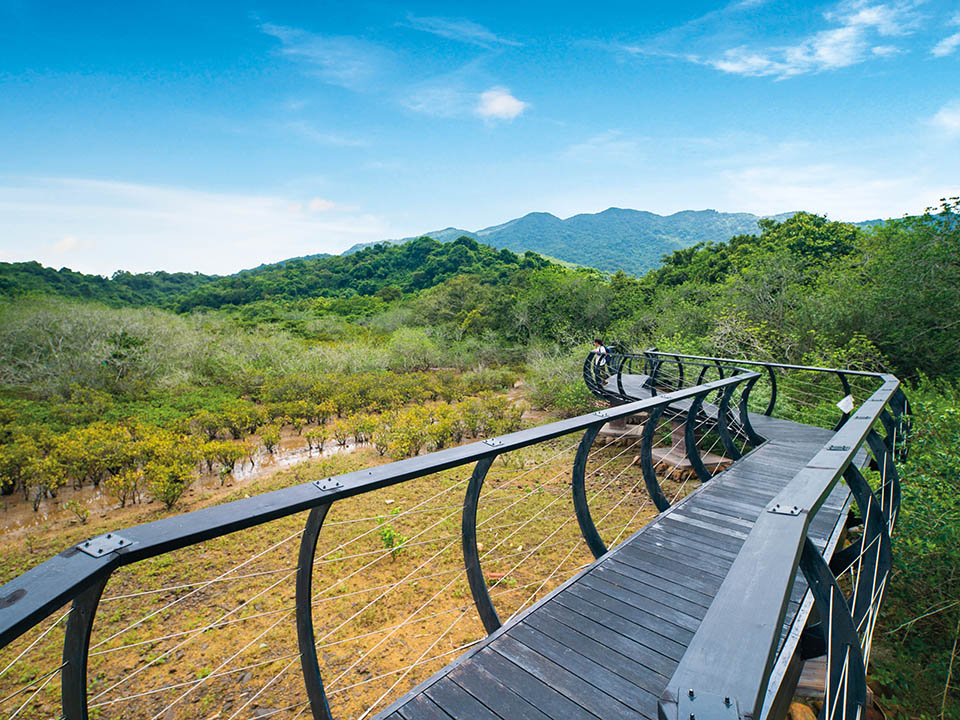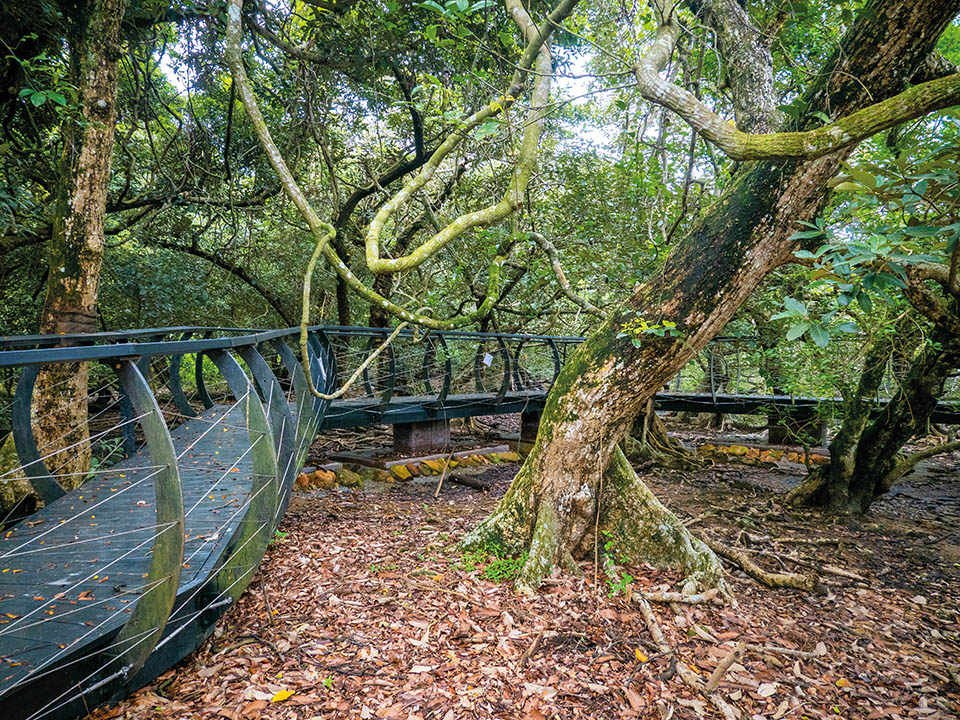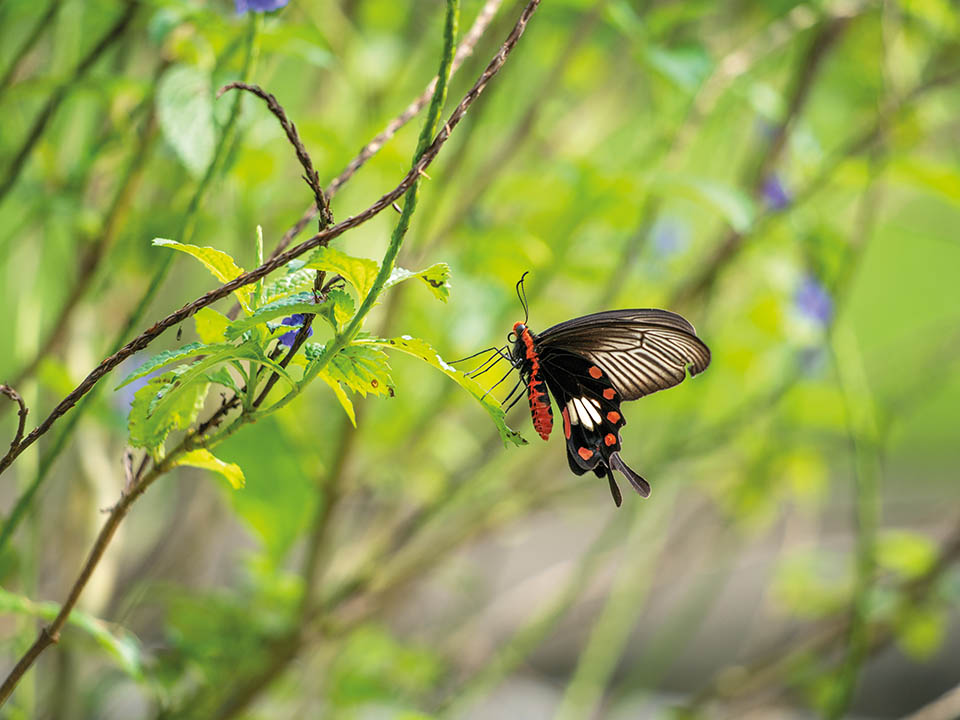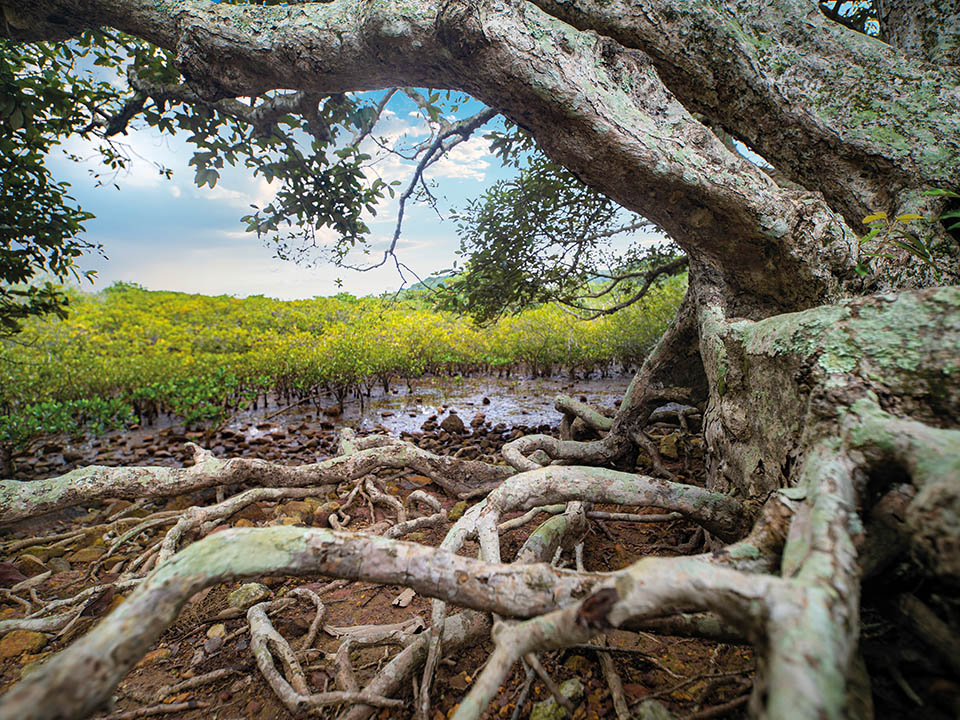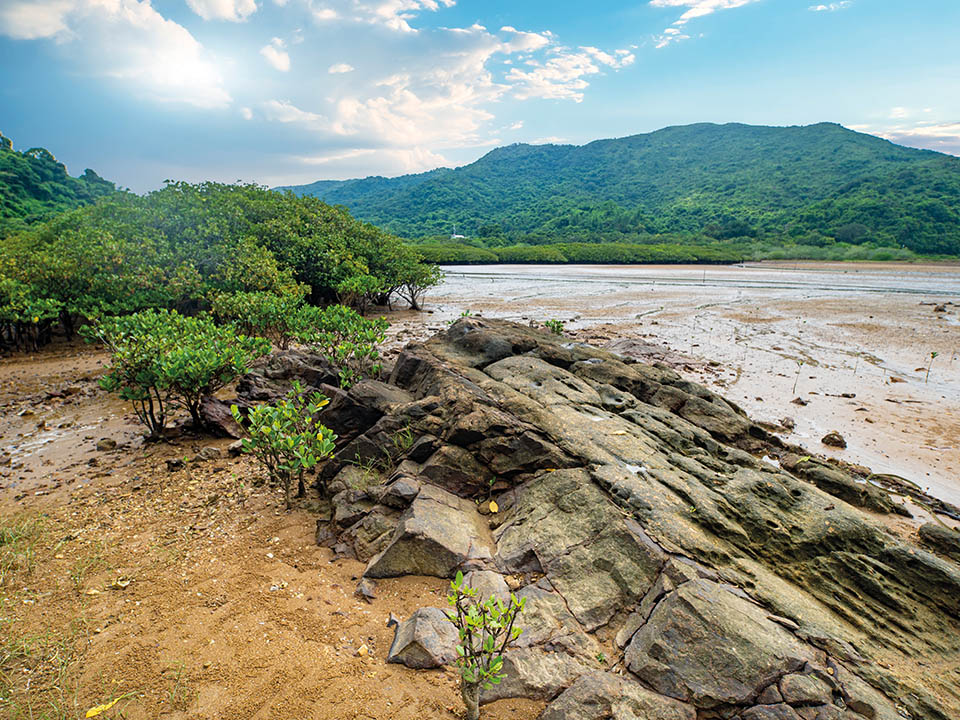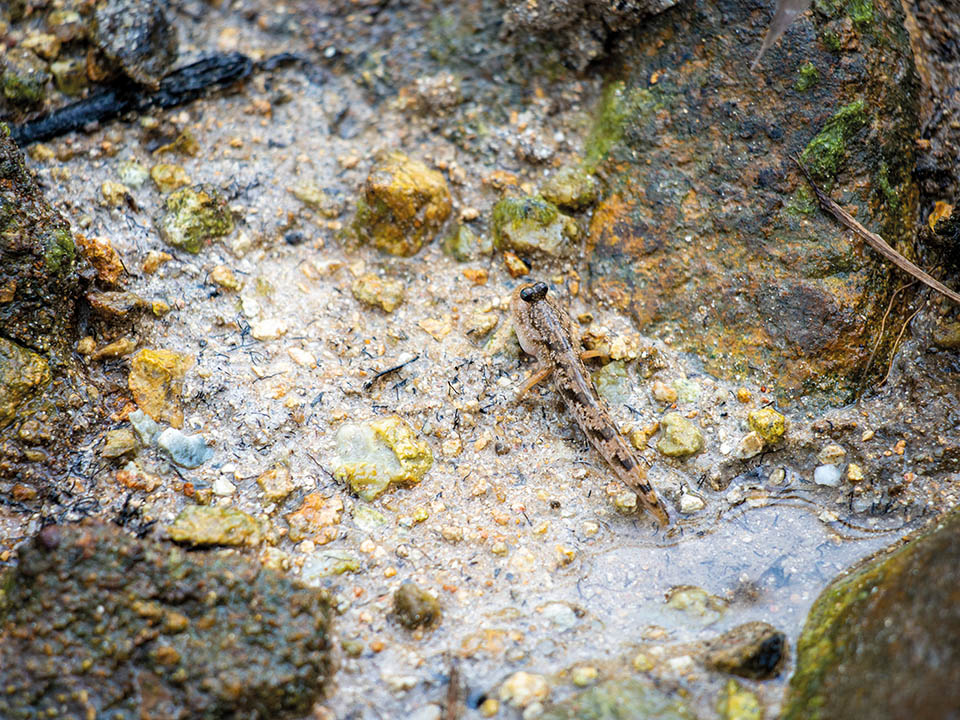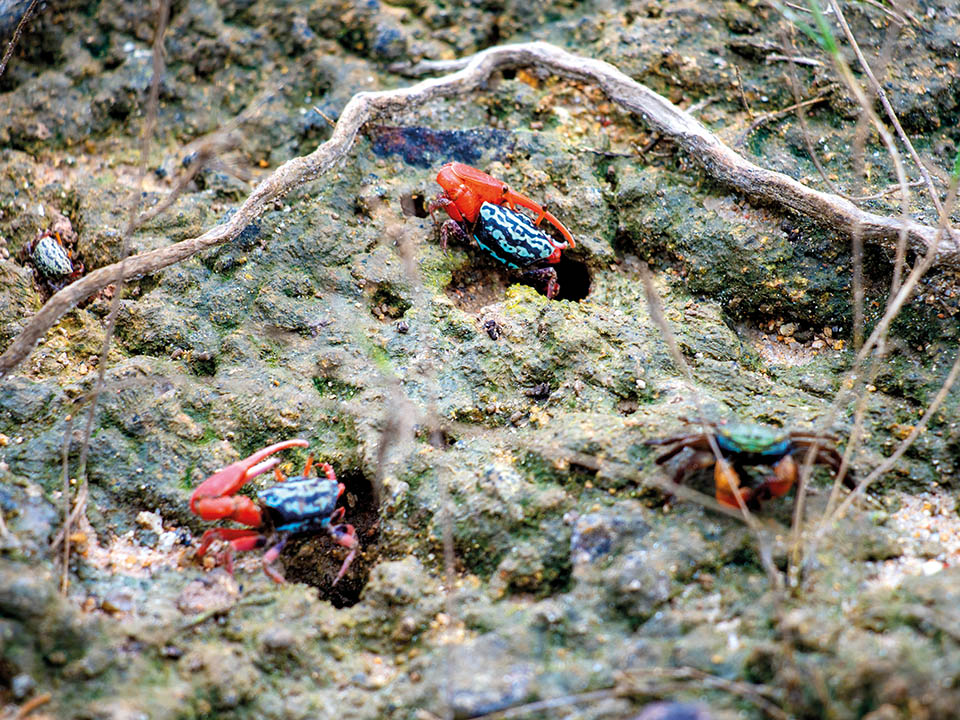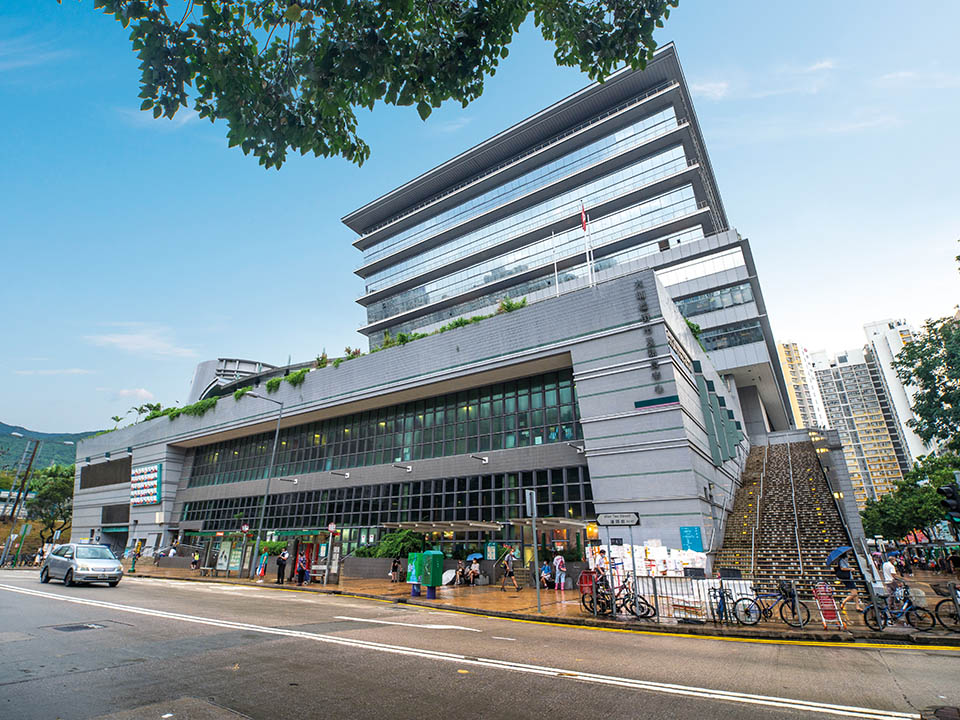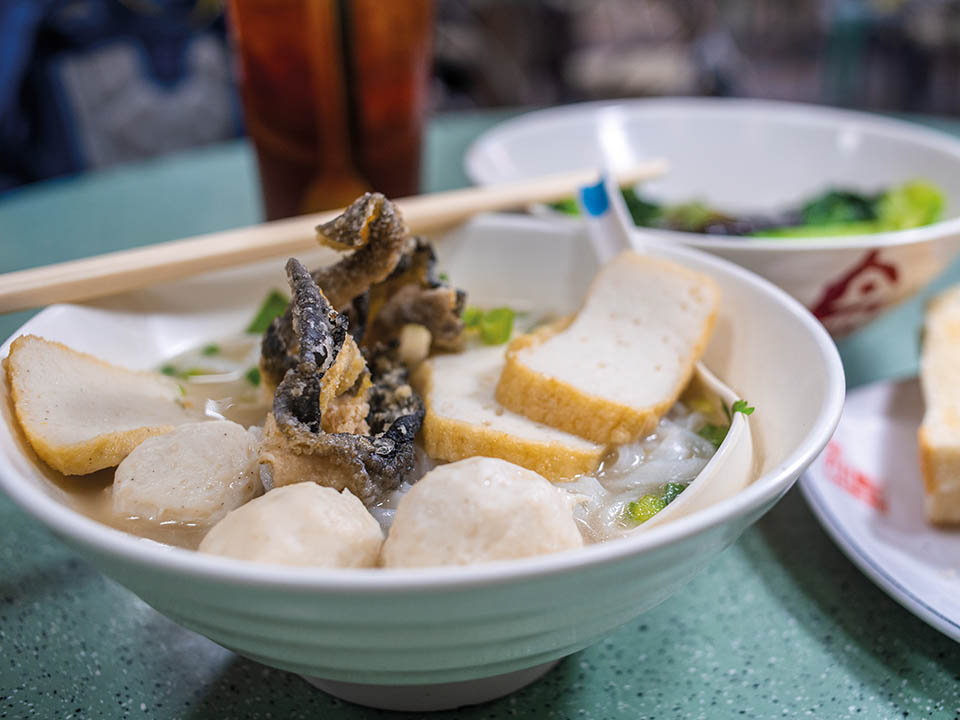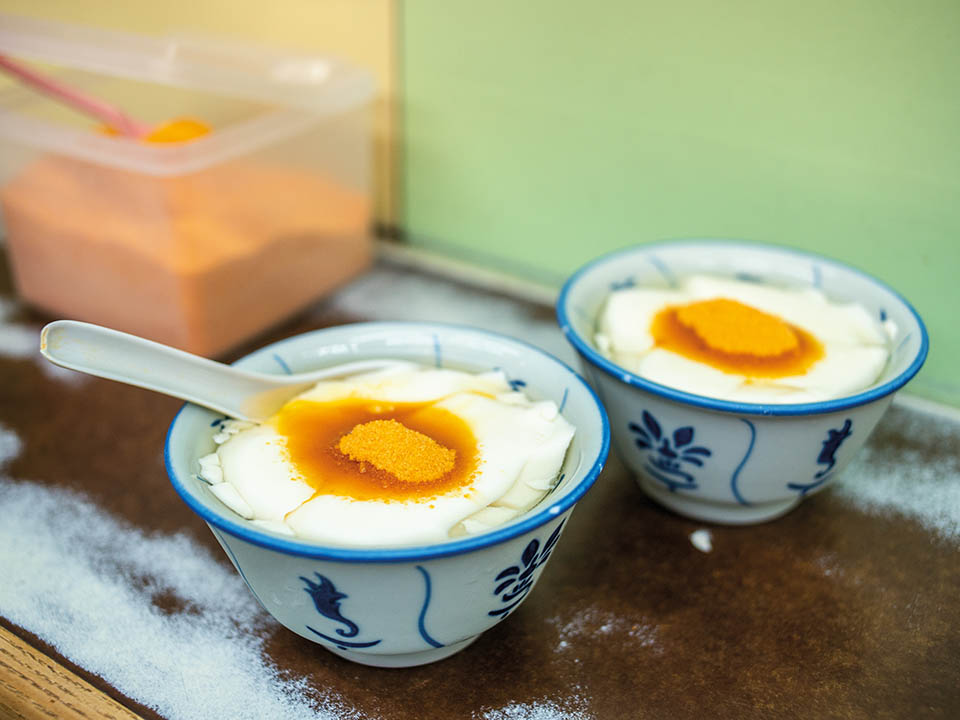
Written by South China Morning Post ( Morning Studio )
Unwind in the enchanting historic Hakka village of Lai Chi Wo, flanked by the lush ‘fung shui’ wood and mangrove forest near the New Territories’ northeast coast. The walled village of more than 200 picturesque hillside homes — auspiciously arranged in rows when built more than 300 years ago — is one of Hong Kong’s oldest, largest and best-preserved rural settlements. The village won UNESCO’s prestigious 2020 Special Recognition for Sustainable Development award for promoting cultural heritage conservation. Stroll along tree-shrouded Lai Chi Wo Nature Trail, home to many species of mammals and butterflies, and take selfies beside a dramatic mangrove forest and stunning coastal scenery.

Refuel
A few village stores in Lai Chi Wo Village sell drinks, snacks and food such as noodles, congee and fried rice. But as they open only at weekends and on public holidays, bring enough drinking water and food for your trip before you board the ferry.
-
Lai Chi Wo Village
The once thriving and affluent Hakka village of Lai Chi Wo was built more than three centuries ago. Its more than 200 houses, laid out in precise horizontal and longitudinal rows according to geomancy rules, and protected by rustic walls, were home to over 1,000 residents, before a sharp drop in population beginning in the 1960s. But it has gained a new lease of life as part of the Hong Kong UNESCO Global Geopark and is now a popular destination for hikers and ecotourists. Farmers are back growing rice and vegetables and grazing cows, and some old homes have been transformed into shops and visitor centres. At weekends or on public holidays, you will find village stores and stalls offering a variety of Hakka foods and dishes, such as salty chicken, braised pork and omelettes with preserved radishes, dumplings and chicken congee.
Get me there
-
Lai Chi Wo Cultural Hub
Lai Chi Wo serves as a model of rural revitalisation in Hong Kong. The achievements of its villagers and volunteers, which have been recognised by UNESCO, are recorded at Lai Chi Wo Cultural Hub, inside a restored village house. Restored farmland is now growing crops including organic rice, turmeric, winter melon and roselle. The hub’s exhibits of old rock specimens, farming tools, household items and traditional Hakka attire, offer visitors a better understanding of the local ecology and history.
 While enjoying Hong Kong’s countryside, please respect the natural environment and those living there. Do not damage properties, crops and vegetation, or feed or harm livestock or wildlife. Light fires only in barbecue areas and campsites and do not litter — please take your rubbish with you.
Get me there
While enjoying Hong Kong’s countryside, please respect the natural environment and those living there. Do not damage properties, crops and vegetation, or feed or harm livestock or wildlife. Light fires only in barbecue areas and campsites and do not litter — please take your rubbish with you.
Get me there
-
‘Fung Shui’ Woods
Enclosed at the front by a gated wall, the village’s traditional Hakka homes are flanked by a dense forested area, called ‘fung shui’ woods. Villagers planted the trees, in accordance with the feng shui philosophy of living in harmony with nature, in the hope it would bring them good luck and greater wealth. The restful crescent-shaped woodland is home to over 100 native plant species. Look out for some strange-looking ancient trees, including the century-old Hollow Tree (or Sweet Gum), with numerous holes in the centre of its trunk, the giant Five-Finger Camphor, and the Stangler Fig.
Get me there
-
White-flowered Derris Boardwalk
In the woods near the coastal mangroves forest you will see giant, python-like vines criss-crossing on the ground. Some hang from trees and form arches. These are white-flowered Derris (Derris alborubra) climbing shrubs, with stems measuring up to 30 cm in diameter, which have taken hundreds of years to grow to this size. The area around Lai Chi Wo is home to an estimated 112 freshwater insect species, and an important habitat for many different birds, butterflies, dragonflies and reptiles, including the endangered Yellow-Breasted Bunting songbird and the rare White Dragontail butterfly.
Get me there
-
Coastal Heritiera and Mangroves
Follow the stream leading out of the village until you come to a freshwater wetland area, which is one of the largest and most biologically diverse in Hong Kong. All eight mangrove species native to Hong Kong can be found in the area, including Coastal Heritiera (Heritiera littoralis) mangroves, some growing to 15 metres in height, which are the city’s largest. The species’ impressive, interweaving buttress root network ensures it thrives in the slippery wet environment. The wetland mudflat areas are also home to beds of seagrass species such as Zostera japonica and Halophila ovalis, which are valuable food and shelter habitats for young coastal creatures including fish fry and crab and shrimp larvae.
Get me there
-
Dining Option
Tai Po Market
On your return to the city, exit from MTR Tai Po Market Station — one stop down from MTR University Station — and take a short walk to Tai Po Hui Market, where you can find many stalls offering popular local specialities and snacks, including sweet silken tofu custard. You can also head into Tai Po Complex’s cooked food market to enjoy simple fare, such as fried pork cutlets and fish ball noodles, and the freshest seafood.
Get me there

Transport
Getting to Lai Chi Wo:
1) Take bus 272K from MTR University Station Exit B and get off at the first stop, Ma Liu Shui Public Pier, then walk 100 metres to Ma Liu Shui New Ferry Pier for the kaito ferry to Lai Chi Wo; or walk for about 15 minutes from the station to the Ma Liu Shui New Ferry Pier. The kaito ferries here operate mainly on Saturdays, Sundays and public holidays. The trip takes about 1.5 hours.
2) Take the kaito ferry from Tai Shui Hang. Walk for about six minutes from MTR Tai Shui Hang Station Exit A to the Shatin Area 77 Landing for the kaito ferry to Lai Chi Wo. The kaito ferries here operate on Tuesdays and Thursdays (except public holidays). The trip takes about 1.5 hours.
3) Take the kaito ferry from Sha Tau Kok Public Pier to Lai Chi Wo. The kaito ferries here operate daily. The trip takes about 30 minutes. Passengers must obtain a valid Sha Tau Kok Closed Area Permit to access the pier.
Leaving from Lai Chi Wo:
1) Take the kaito ferry back to Ma Liu Shui New Ferry Pier (leaving at 3:30pm) (on Saturdays, Sundays and public holidays) and catch a bus or taxi at Ma Liu Shui Public Pier to MTR University Station; or walk back to MTR University Station.
2) Take the kaito ferry back to the Shatin Area 77 Landing (leaving at 3:30pm) (on Tuesdays and Thursdays (except public holidays)) and walk back to MTR Tai Shui Hang Station.
3) Take the kaito ferry back to the Sha Tau Kok Public Pier.
For details of the kaito ferry service, please visit Transportation Department website.
Visit Hong Kong Geopark Website for more information about Lai Chi Wo
More Routes

Written by South China Morning Post ( Morning Studio )
Unwind in the enchanting historic Hakka village of Lai Chi Wo, flanked by the lush ‘fung shui’ wood and mangrove forest near the New Territories’ northeast coast. The walled village of more than 200 picturesque hillside homes — auspiciously arranged in rows when built more than 300 years ago — is one of Hong Kong’s oldest, largest and best-preserved rural settlements. The village won UNESCO’s prestigious 2020 Special Recognition for Sustainable Development award for promoting cultural heritage conservation. Stroll along tree-shrouded Lai Chi Wo Nature Trail, home to many species of mammals and butterflies, and take selfies beside a dramatic mangrove forest and stunning coastal scenery.

Refuel
A few village stores in Lai Chi Wo Village sell drinks, snacks and food such as noodles, congee and fried rice. But as they open only at weekends and on public holidays, bring enough drinking water and food for your trip before you board the ferry.

Transport
Getting to Lai Chi Wo:
1) Take bus 272K from MTR University Station Exit B and get off at the first stop, Ma Liu Shui Public Pier, then walk 100 metres to Ma Liu Shui New Ferry Pier for the kaito ferry to Lai Chi Wo; or walk for about 15 minutes from the station to the Ma Liu Shui New Ferry Pier. The kaito ferries here operate mainly on Saturdays, Sundays and public holidays. The trip takes about 1.5 hours.
2) Take the kaito ferry from Tai Shui Hang. Walk for about six minutes from MTR Tai Shui Hang Station Exit A to the Shatin Area 77 Landing for the kaito ferry to Lai Chi Wo. The kaito ferries here operate on Tuesdays and Thursdays (except public holidays). The trip takes about 1.5 hours.
3) Take the kaito ferry from Sha Tau Kok Public Pier to Lai Chi Wo. The kaito ferries here operate daily. The trip takes about 30 minutes. Passengers must obtain a valid Sha Tau Kok Closed Area Permit to access the pier.
Leaving from Lai Chi Wo:
1) Take the kaito ferry back to Ma Liu Shui New Ferry Pier (leaving at 3:30pm) (on Saturdays, Sundays and public holidays) and catch a bus or taxi at Ma Liu Shui Public Pier to MTR University Station; or walk back to MTR University Station.
2) Take the kaito ferry back to the Shatin Area 77 Landing (leaving at 3:30pm) (on Tuesdays and Thursdays (except public holidays)) and walk back to MTR Tai Shui Hang Station.
3) Take the kaito ferry back to the Sha Tau Kok Public Pier.
For details of the kaito ferry service, please visit Transportation Department website.



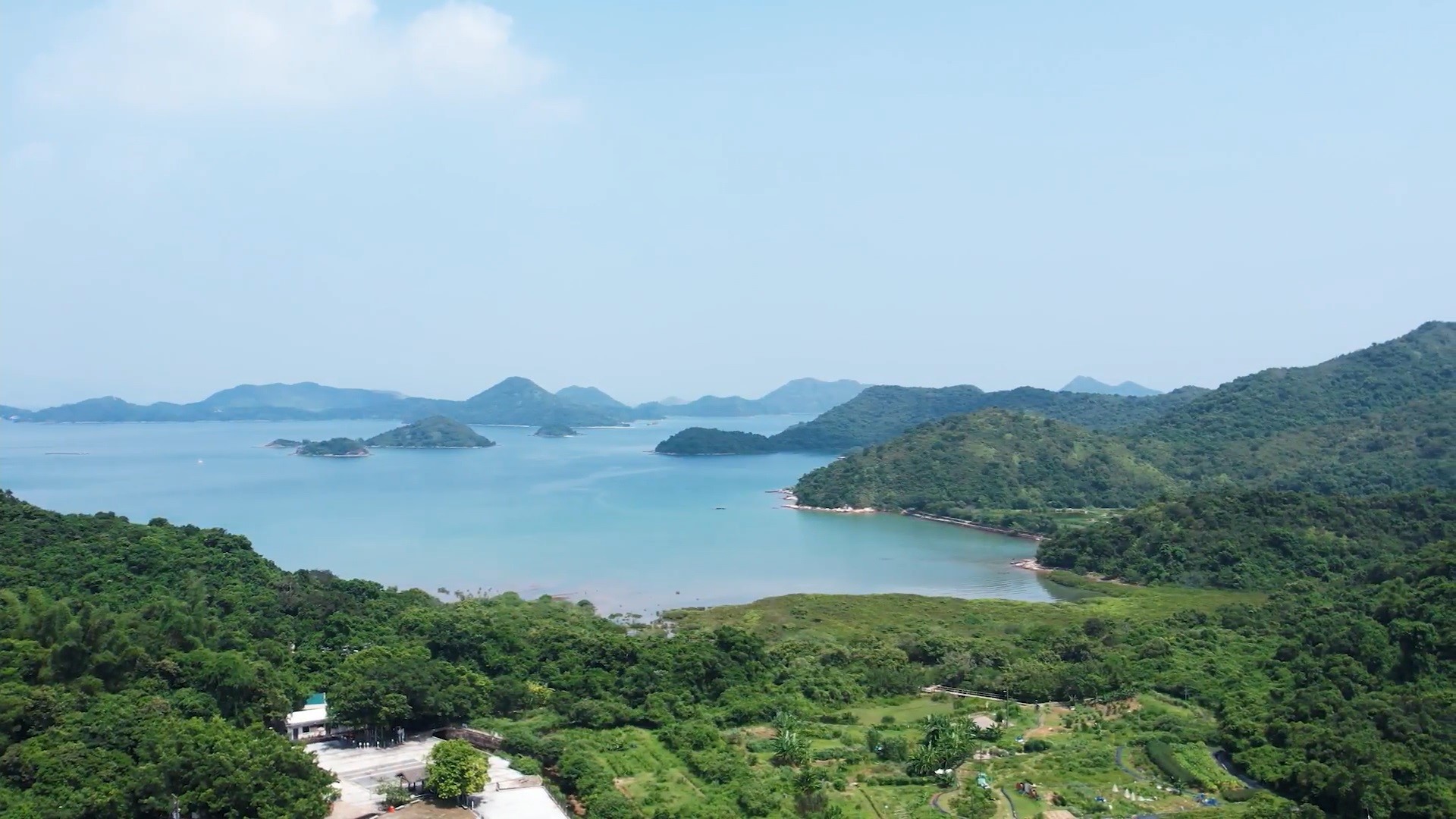

 ASMR in Lai Chi Wo
ASMR in Lai Chi Wo
